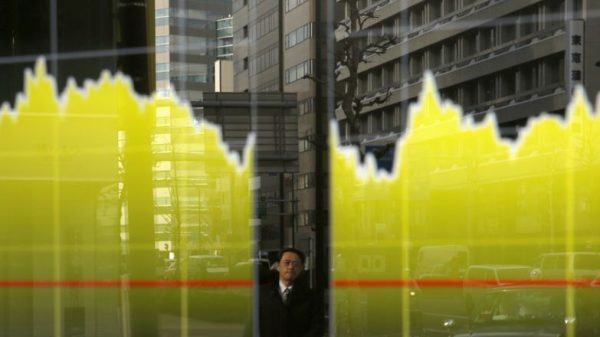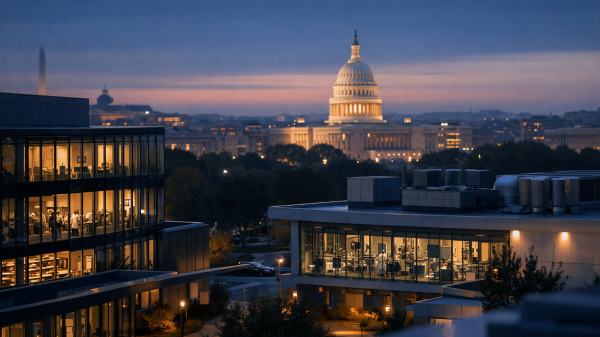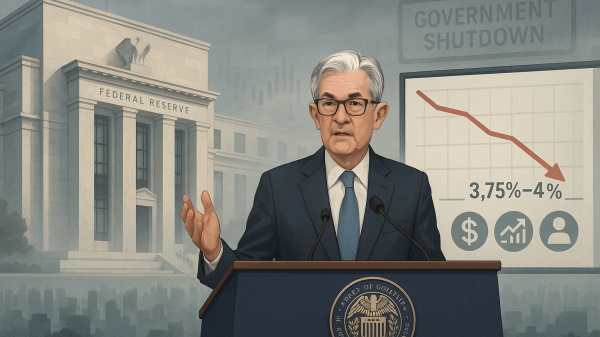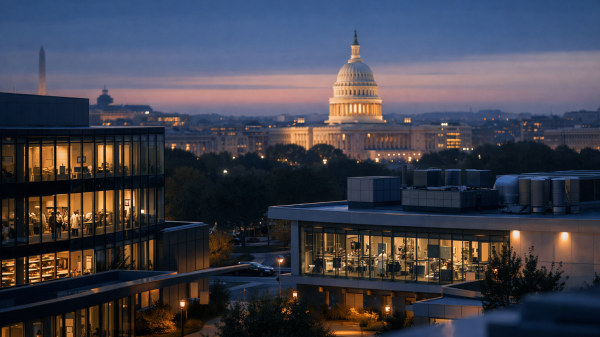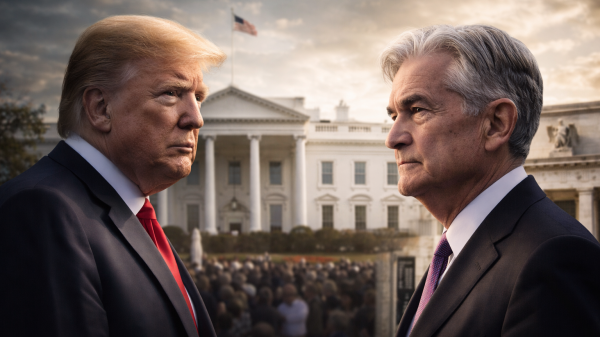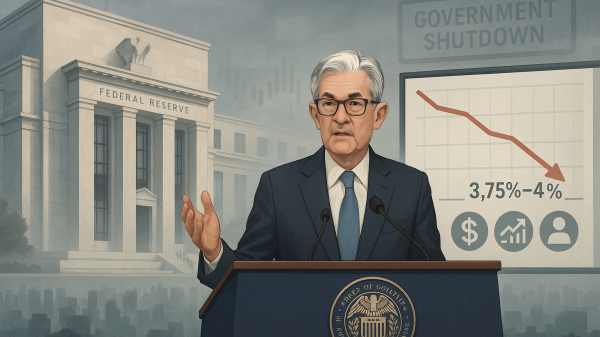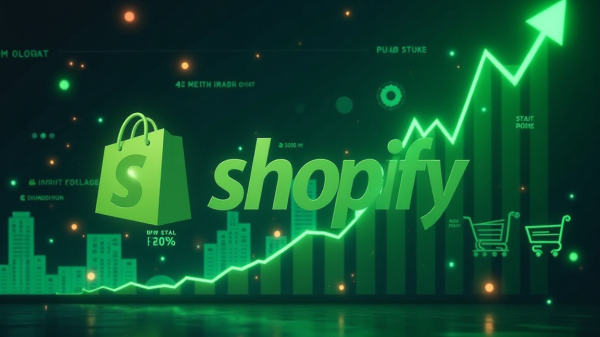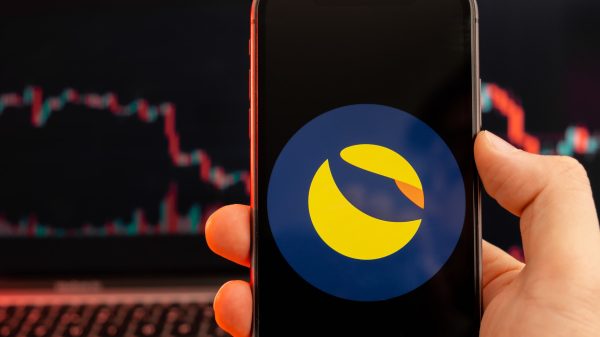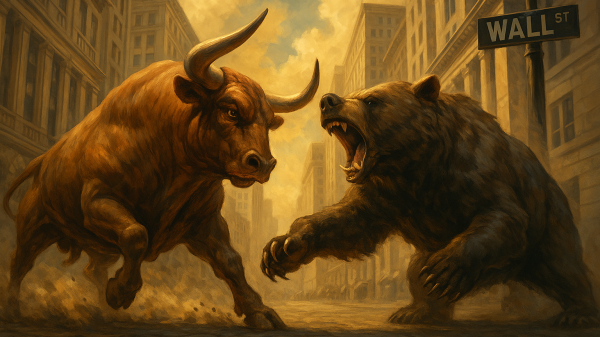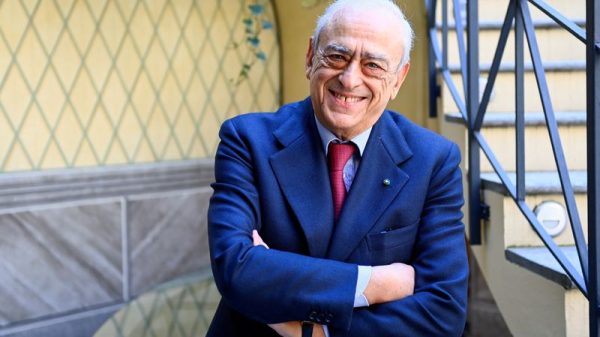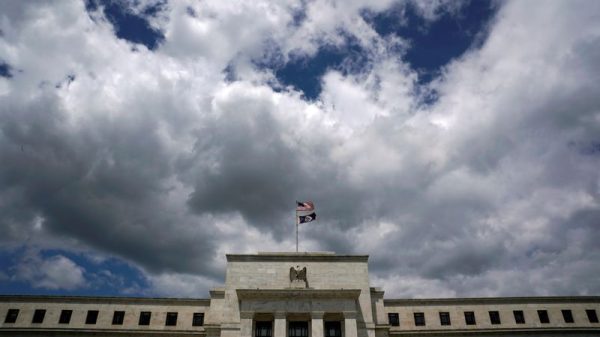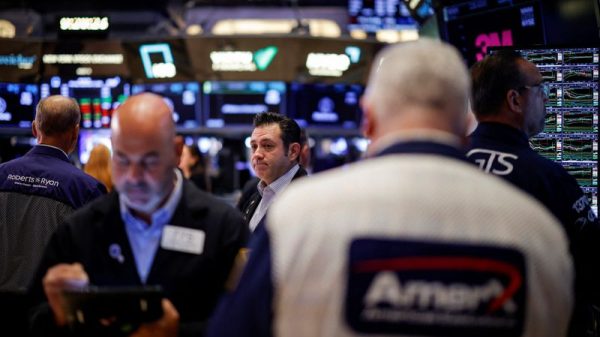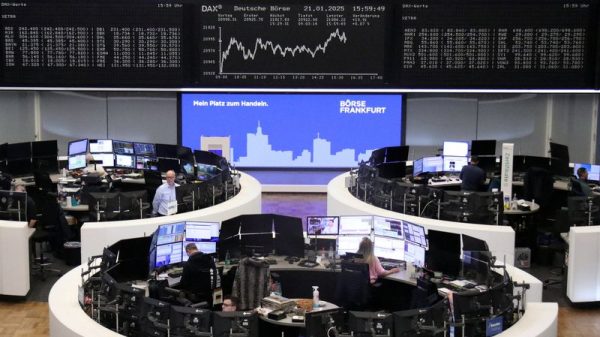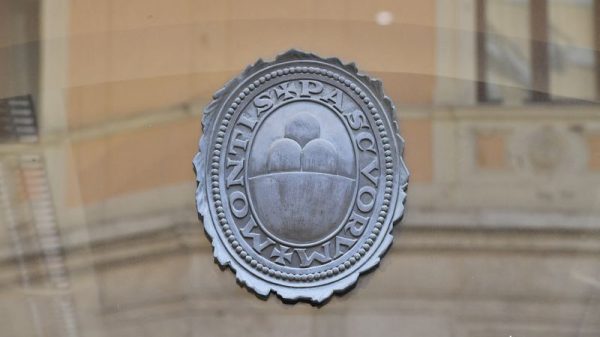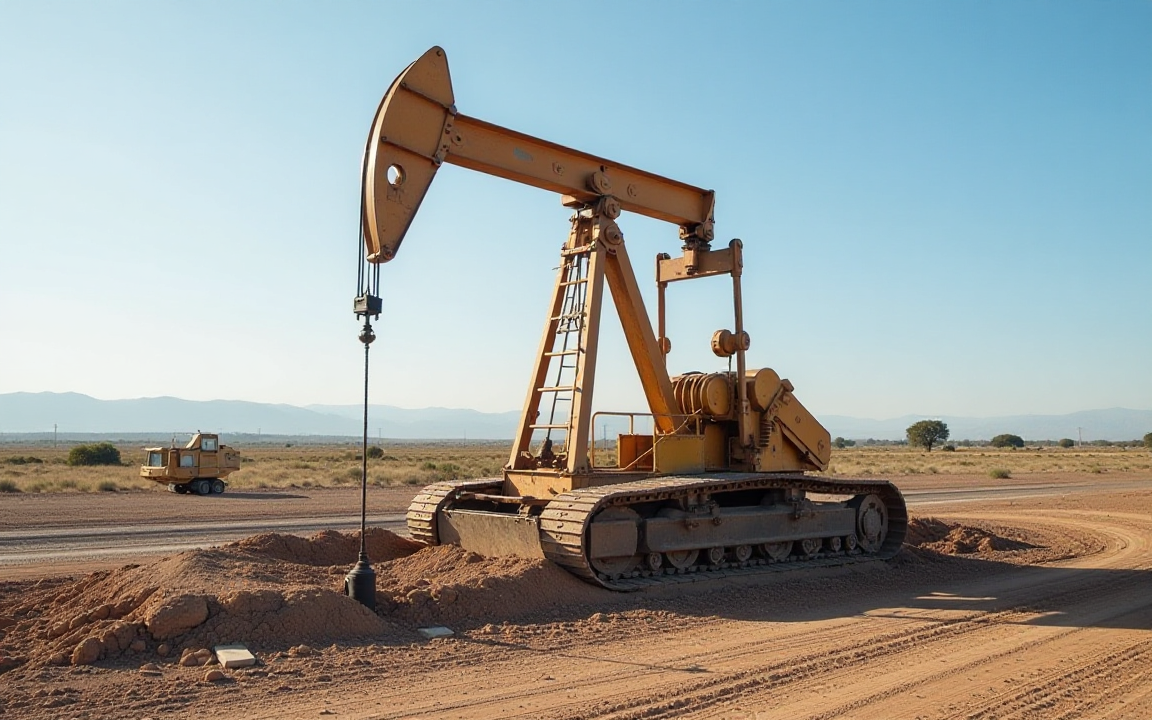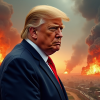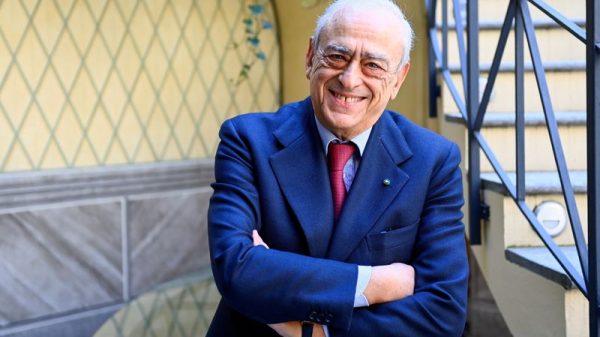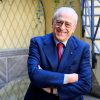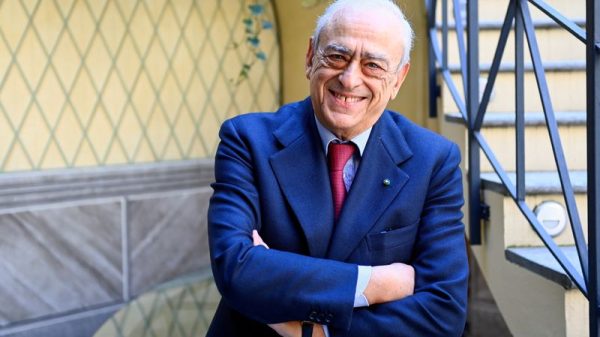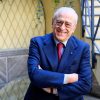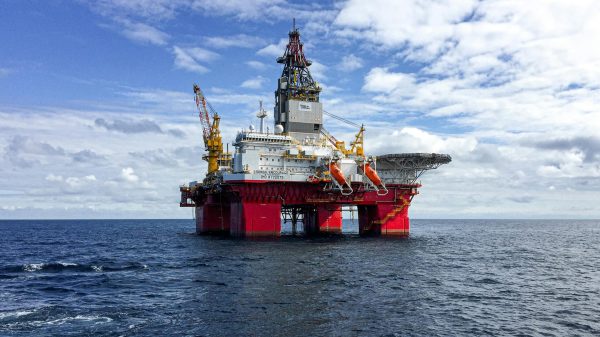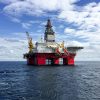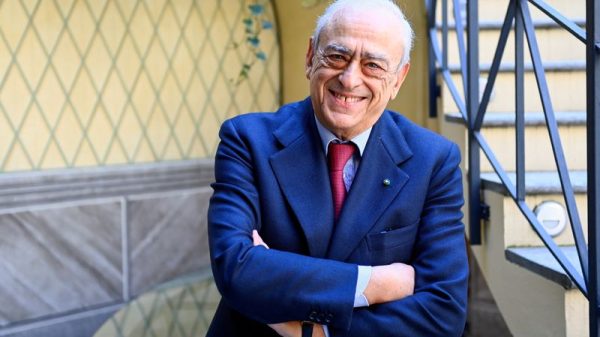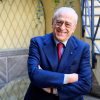Ministers and executives from OPEC nations, along with bosses of Western oil majors, stated on Wednesday that increased output from the oil producer group OPEC+ is not resulting in higher inventories, according to a Reuters report.
This indicates a strong market demand for more oil.
OPEC+, responsible for approximately half of global oil production, had previously spent several years curbing output to bolster the market.
Shift in strategy
However, the group shifted its strategy this year, aiming to reclaim market share. This reversal also came in response to US President Donald Trump’s calls for increased production to help control gasoline prices.
From April onwards, the Organisation of the Petroleum Exporting Countries and its allies, including Saudi Arabia and Russia, initiated the unwinding of production cuts amounting to 2.17 million barrels per day.
This began with an increase of 137,000 barrels per day in April, followed by monthly increments of 411,000 barrels daily in May, June, and July.
The group sanctioned a 548,000-bpd increase for August on Saturday. It is anticipated to approve a similar hike for September during its upcoming August meeting, according to reports.
United Arab Emirates’ Energy Minister Suhail al-Mazrouei told was quoted in the report:
You can see that even with the increases for several months we haven’t seen a major buildup in inventories, which means the market needed those barrels.
During a biennial OPEC seminar, where top oil ministers and executives convened, Mazrouei delivered a speech.
Notably, OPEC denied access to the seminar for reporters, declining to provide a reason for this decision.
Global demand to remain firm
According to attendees, Amin Nasser, CEO of Saudi oil giant Aramco, informed the seminar that global oil demand is projected to increase by approximately 1.2-1.3 million barrels per day for the remainder of the year.
This growth is anticipated despite challenges posed by US tariffs and trade tensions. Nasser identified rising US gasoline demand and China’s petrochemical sector as key drivers for this growth.
Further evidence of robust demand was presented by Shaikh Nawaf Al-Sabah, CEO of Kuwait Petroleum Corporation, who told the seminar that Chinese and Japanese buyers are requesting increased oil supplies, as reported by participants.
Market share
OPEC has increased production, aiming to reclaim market share from competitors like the United States, according to the Reuters report.
BP CEO Murray Auchincloss stated that non-OPEC production is expected to stagnate next year, following recent highs. He also noted that the physical oil market appears tight and China is increasing its stockpiles.
According to the report, Shell CEO Wael Sawan expressed greater concern regarding annual oil field depletion rates of 4-5%, emphasising the need for increased investments.
TotalEnergies CEO Patrick Pouyanne believes the market is adequately supplied, especially since China’s demand growth has decreased by half in recent years.
OPEC+ is expected to bring back 2.17 million barrels per day in voluntary cuts to the market by September, in line with its planned output increases. Additionally, the UAE is set to complete a separate 300,000 barrels per day increase in output.
Experts suggested that the market could face difficulties in absorbing the increased barrels from OPEC+ beyond September, with crude prices falling towards $60 per barrel.
The post OPEC+ output hikes not causing inventory builds, signaling firm demand appeared first on Invezz

